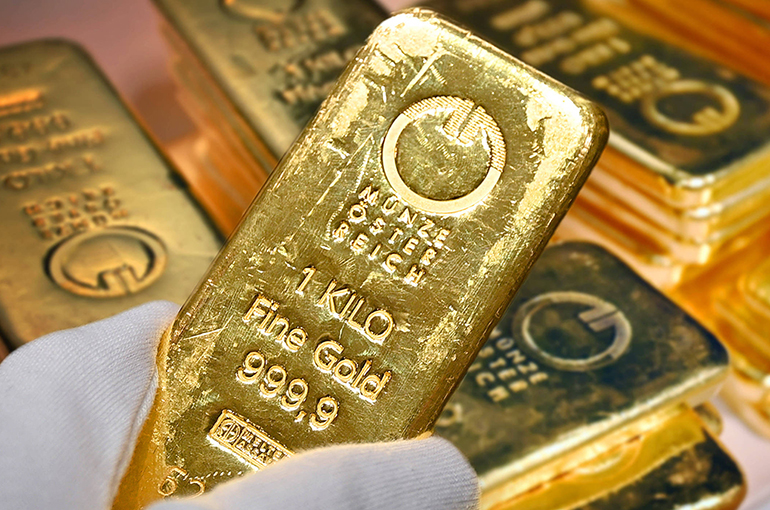 China’s Forex Reserves Rise to Near 10-Year High; Gold Cache Climbs for 10th Straight Month
China’s Forex Reserves Rise to Near 10-Year High; Gold Cache Climbs for 10th Straight Month(Yicai) Sept. 8 -- China’s foreign exchange reserves rose 0.9 percent in August from the month before to the highest in almost a decade, while its gold reserves increased for the 10th consecutive month, according to official data.
China’s forex holdings rose USD29.9 billion to USD3.322 trillion as of Aug. 31 from July 31, the highest since December 2015, the State Administration of Foreign Exchange announced yesterday, citing the combined impact of a weaker US dollar and higher global asset prices.
The US Dollar Index, a measure of the greenback’s value relative to a basket of other currencies, fell last month, affected by market expectations about major economies’ monetary policies, macroeconomic data, and other factors, the SAFE said.
The Federal Reserve, the US’s central bank, has sent a clear signal of potential interest rate cuts, triggering a rapid decline in the dollar index, said Wang Qing, chief macro analyst at Golden Credit Rating International.
Because China’s forex reserves include substantial non-dollar holdings, the weaker US dollar boosted their value, largely driving the rise in reserves, Wang noted, adding that rising expectations for lower US borrowing costs also buoyed major global stock indexes.
Moreover, US bond yields declined and prices rose, increasing the market value of China’s foreign-asset holdings and further contributing to August’s higher reserves, Wang pointed out.
The People’s Bank of China, the country’s central bank, raised its gold holdings by 60,000 ounces to 74.02 million ounces last month from July, the SAFE data also showed.
By value, the reserves of the precious metal rose by USD9.9 billion to USD253.8 billion, with gold’s share of China’s total reserves rising to 7.6 percent from 7.4 percent, a new high.
With growing trade frictions, shifting US policy, and recurring geopolitical hotspots, the international reserve system is moving toward multi-polarization and gold has overtaken the euro to become the second-largest international reserve asset after the US dollar, said Guan Tao, global chief economist of Bank of China International.
Gold prices tend to “rise more easily than fall” over time, Wang noted. “From the perspectives of optimizing the international reserve mix, steadily and prudently promoting the internationalization of the Chinese yuan, and responding to the changes in the international environment, it is still possible that the PBOC will continue to raise its gold holdings,” he said.
The yuan gained both onshore and offshore last month. Late last month, the redback broke out of the narrow, low-volatility pattern seen since June and its onshore rate fell rapidly, reaching a new yearly low of 7.126 on Aug. 29.
The weak US Dollar Index created a relatively benign external environment for yuan appreciation, according to Ming Ming, chief economist at Citic Securities. From an internal perspective, a stronger yuan central parity rate set by the PBOC and the stock market rally helped attract capital inflows that supported the currency, Ming said.
The yuan will remain strong in the short term despite some fluctuations, Ming predicted, while more positive factors are still needed for it break through 7 to the US dollar.
Editor: Futura Costaglione